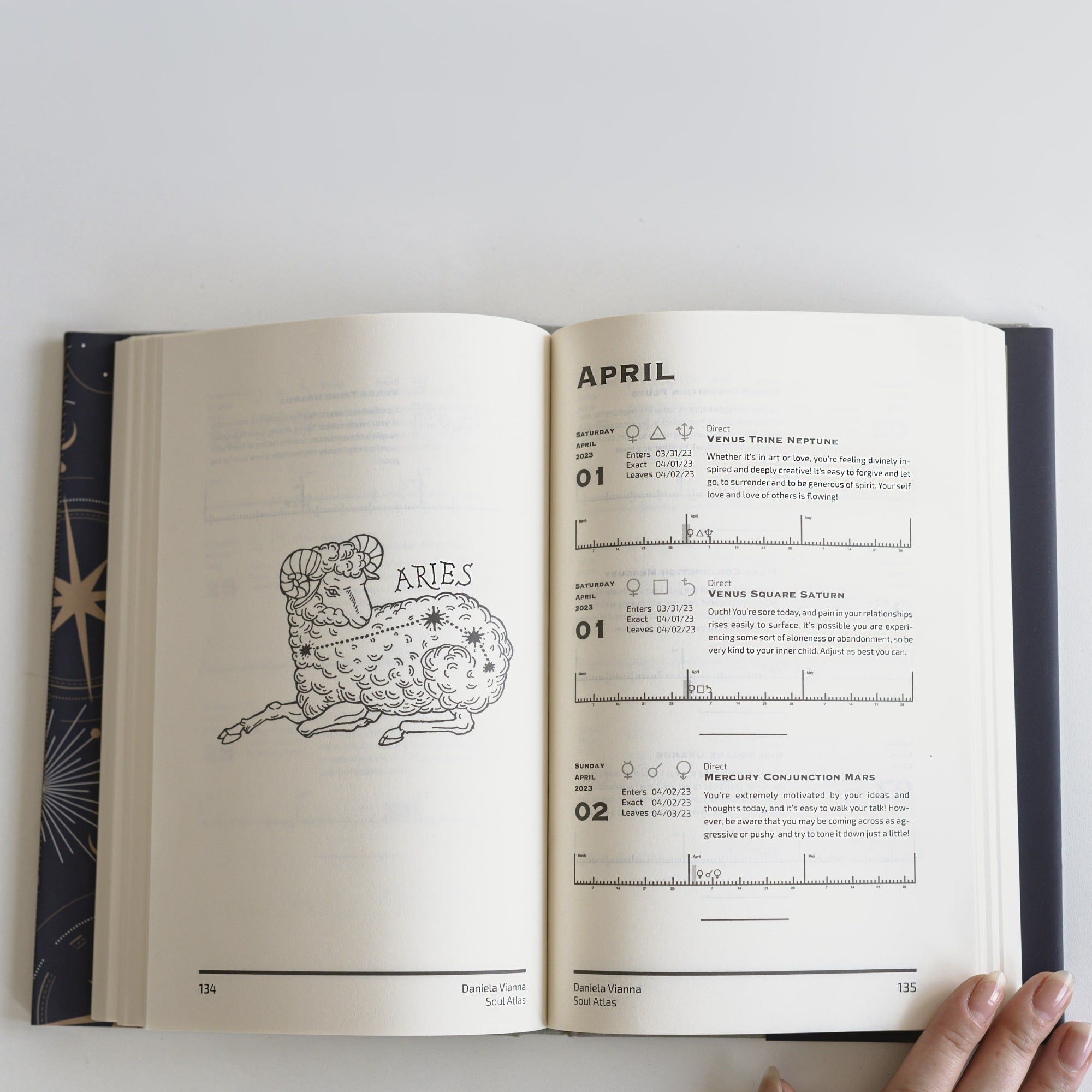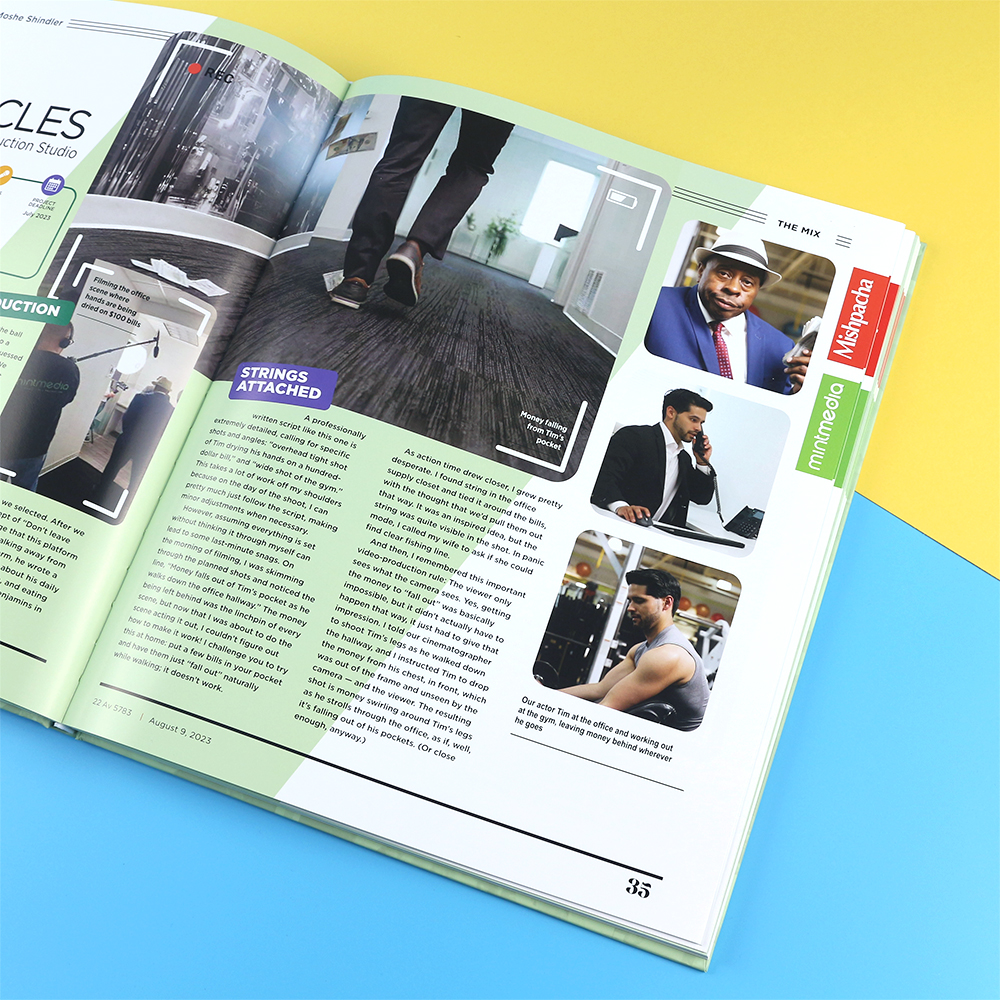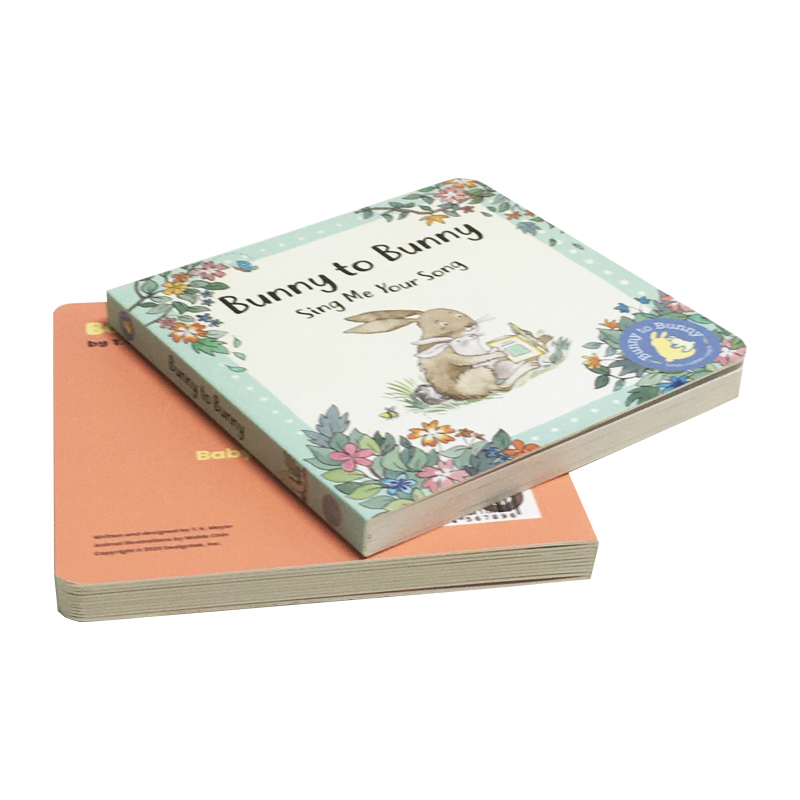¿Cuánto cuesta imprimir un libro de bolsillo de 200 páginas?
Imprimir un libro es un proceso complejo y costoso, pero puede ser una experiencia gratificante para autores, autoeditores y empresas del sector de la producción de libros. Comprender los costos involucrados es esencial para elaborar un presupuesto y establecer expectativas realistas al considerar la impresión de un libro de bolsillo de 200 páginas. Este artículo proporcionará un desglose detallado de los diversos factores que influyen en el costo de impresión de un libro de bolsillo de 200 páginas, lo que lo ayudará a comprender qué esperar, ya sea que esté autopublicando o considerando un servicio profesional.
Tabla de contenido
Conceptos básicos: comprender el costo de imprimir un libro de bolsillo de 200 páginas
El primer paso para entender el costo de imprimir un libro de bolsillo de 200 páginas es saber que no es solo la cantidad de páginas lo que determina el precio. Si bien el costo base de un libro de bolsillo de 200 páginas generalmente ronda los $3 a $5.54, este precio variará según varios factores, incluidos el número de páginas, la impresión a color, la calidad del papel, el diseño de la cubierta y el tamaño de la tirada. La mayoría de los autoeditores eligen servicios de impresión bajo demanda (POD) como Amazon Kindle Direct Publishing (KDP) o IngramSpark, que ofrecen costos razonables para tiradas más pequeñas.
Por ejemplo, en KDP, imprimir un libro estándar de 200 páginas puede costar alrededor de 1 TP4T4, según el tipo y el tamaño de papel que elijas. Este costo aumentará si optas por la impresión a color o por acabados especiales, como cubiertas brillantes o mate.
Factores que influyen en el precio de impresión de un libro de 200 páginas
Son varios los elementos que influyen en el precio total de la impresión de un libro de bolsillo, siendo los factores más influyentes:
Número de páginas:Cuantas más páginas tenga un libro, más caro será imprimirlo. Un libro de 200 páginas cuesta más que uno de 100, principalmente debido a los materiales adicionales y la mano de obra que implica la impresión y la encuadernación.
Tipo de papel:El tipo de papel que elija afectará significativamente el costo. Por ejemplo, usar papel de mayor calidad o de mayor gramaje aumenta los costos de producción.
Diseño de portada:Una portada diseñada por un profesional aumenta el costo de impresión. Si bien puedes diseñar tu propia portada de forma gratuita con herramientas como KDP de Amazon, una portada diseñada a medida por un profesional podría costar entre 1,50 y varios cientos de dólares.
Tamaño del libro:Los tamaños de libros de bolsillo más comunes son 5 x 8 pulgadas, 5,5 x 8,5 pulgadas y 6 x 9 pulgadas. Los libros más grandes o de tamaños no estándar pueden resultar más costosos de imprimir debido a los materiales adicionales y al tiempo de preparación.
Cómo el método de impresión afecta el costo
El método de impresión que elija puede influir en gran medida en el coste de su libro de bolsillo de 200 páginas. Los dos métodos de impresión más habituales para los autoeditores son:
Impresión bajo demanda (POD):Este método lo suelen utilizar los autoeditores, que imprimen los libros a medida que llegan los pedidos. Los servicios de impresión bajo demanda como KDP e IngramSpark ofrecen soluciones rentables, aunque el precio por unidad puede ser más alto en comparación con la impresión en masa. En promedio, imprimir un libro de 200 páginas con servicios de impresión bajo demanda puede costar entre 1 y 5 dólares por copia.
Impresión offset:La impresión offset es más adecuada para tiradas grandes e implica la preparación de las planchas de impresión. Si bien el costo inicial es más alto debido a los costos de preparación, el costo por unidad es menor para cantidades mayores. Para tiradas más pequeñas, la impresión offset puede ser más costosa en comparación con la impresión bajo demanda.
¿Qué pasa con la impresión a todo color?
La impresión a todo color aumentará significativamente el costo de producción de su libro de bolsillo de 200 páginas. La impresión estándar en blanco y negro cuesta menos que la impresión a color, especialmente para las páginas interiores. Si su libro requiere imágenes, gráficos o ilustraciones a color, puede esperar un aumento de precio de entre $0.50 y $2 por copia, según el servicio de impresión que utilice y la cantidad de páginas a color del libro.
Por ejemplo, un libro de 200 páginas con impresión a todo color podría costar alrededor de $5.54 a $6 o más por copia, mientras que un libro similar en blanco y negro probablemente costaría más cerca de $3 a $4.
Cómo elegir el tamaño adecuado para su libro de bolsillo de 200 páginas
El tamaño de su libro de bolsillo tiene un impacto en sus costos de producción. Los tamaños más comunes para libros de bolsillo son:
- 5 x 8 pulgadas:Un tamaño popular para novelas y ficción en general. Este tamaño ofrece un equilibrio razonable entre legibilidad y costo.
- 5,5 x 8,5 pulgadas:Un poco más grande que el tamaño 5 x 8, esto también es común para novelas y libros de bolsillo comerciales.
- 6 x 9 pulgadas:A menudo se utiliza para libros de no ficción, educativos y de referencia; este tamaño es más grande y más costoso de imprimir.
Cada tamaño tendrá un costo de producción ligeramente diferente, y los tamaños más grandes generalmente cuestan más debido al material adicional y la complejidad de impresión involucrada.
Variaciones de costos por tipo de papel
El tipo de papel que elija puede tener un efecto importante en sus costos de impresión. Las opciones estándar incluyen:
- Libro blanco:La opción más común y económica, adecuada para páginas interiores en blanco y negro.
- Papel color crema o blanquecino:Una opción más suave y estéticamente más agradable para libros de ficción, a menudo un poco más cara que el papel blanco.
- Papel brillante: Generalmente se utiliza para libros con imágenes o ilustraciones a todo color. Esta opción agrega un costo significativo a la producción, especialmente para un libro de 200 páginas.
- Papel mate:Similar en costo al papel brillante pero con acabado antirreflectante.
Elegir un tipo de papel de primera calidad puede hacer que su libro se destaque, pero también aumentará los costos de producción.
Costos de diseño y formato de portada
El diseño de la portada y el formato del libro para su impresión son dos pasos esenciales en el proceso de publicación. Si bien puedes utilizar herramientas gratuitas como el diseñador de portadas de Amazon, contratar a un diseñador profesional mejorará la calidad general y el atractivo de tu libro. El costo de un diseñador de portadas profesional generalmente varía entre $50 y $100 para un diseño básico, pero los diseños más complejos pueden costar significativamente más.
Además, es fundamental formatear el libro para su impresión. Si bien puede formatear el libro usted mismo si tiene las habilidades necesarias, muchos autores contratan a profesionales para esta tarea. El costo de formatear un libro de 200 páginas puede variar entre $50 y $200, según el diseñador y la complejidad del diseño del libro.
El impacto de los canales de distribución en el coste final
El lugar y la forma en que elijas distribuir tu libro también pueden afectar el costo. Plataformas como Amazon KDP e IngramSpark te permiten imprimir y distribuir tu libro a pedido, pero también se quedan con una parte de las regalías. En algunos casos, es posible que encuentres un distribuidor que ofrezca mejores tarifas o más control sobre tus regalías, pero esto puede implicar costos iniciales más altos o tiradas de impresión más grandes.
Entendiendo las tarifas y cargos adicionales
Al publicar un libro de bolsillo de 200 páginas, también hay que tener en cuenta los gastos adicionales que podrían generarse. Por ejemplo:
- Tarifas del ISBN:Si aún no tienes un ISBN, es posible que tengas que comprar uno. Amazon KDP ofrece un ISBN gratuito, pero indicará que Amazon es el editor. Para tener un mayor control, es posible que quieras comprar tu propio ISBN, que cuesta alrededor de $125.
- Copias de prueba:Antes de aprobar la versión final de su libro, probablemente tendrá que solicitar copias de prueba. Se trata de versiones impresas de su libro que puede revisar para detectar errores o realizar un control de calidad antes de que entre en producción.
¿Qué puede esperar ganar con las ventas de libros de bolsillo?
La cantidad que obtengas con las ventas de libros de bolsillo dependerá del costo de producción, el precio que hayas elegido y la plataforma de distribución. Por ejemplo, si la impresión de tu libro de bolsillo de 200 páginas cuesta $5 y lo vendes por $12.99, Amazon se quedará con un porcentaje del precio de venta y tú recibirás el resto como regalías.
Por lo general, los autores pueden esperar ganar entre 301 y 701 TP3T del precio de venta del libro después de los costos de impresión y distribución. En promedio, un libro de bolsillo de 200 páginas puede generarle al autor entre $2 y $3 por venta, aunque esto puede variar.
Consejos para reducir los costes de impresión
A continuación se muestran algunas formas de reducir los costos de impresión de su libro de bolsillo de 200 páginas:
- Imprimir en blanco y negro:Evite la impresión a todo color a menos que sea absolutamente necesario.
- Elija un tamaño de libro más pequeño:Considere utilizar un formato más pequeño para reducir los costos de papel.
- Utilice los servicios de impresión bajo demanda:Los servicios POD reducen los costos iniciales y le permiten imprimir solo lo que necesita.
- Diseña tu propia portada:Si tienes las habilidades necesarias, crear tu propia portada puede ahorrarte dinero.
- Solicite tiradas más grandes:Si planea vender muchos libros, realizar pedidos al por mayor puede reducir el costo por unidad.
Conclusión
El costo de imprimir un libro de bolsillo de 200 páginas varía en función de varios factores, como la cantidad de páginas, la calidad del papel, el método de impresión, el diseño de la portada y más. Si comprende estos factores y toma decisiones informadas sobre los servicios de impresión, podrá presupuestar de manera eficaz y asegurarse de que su libro se imprima a un costo razonable. Ya sea que se autoedite o trabaje con un profesional, planificar con anticipación lo ayudará a obtener el máximo valor por su inversión en impresión y, al mismo tiempo, garantizar que su libro cumpla con los estándares de calidad que espera.
Preguntas frecuentes
1. ¿Cuál es el costo promedio de imprimir un libro de bolsillo de 200 páginas en Amazon KDP?
El costo promedio de imprimir un libro de bolsillo de 200 páginas en Amazon KDP depende de factores como el tipo de papel, el tamaño del libro y la impresión a color. Para un libro en blanco y negro impreso en papel blanco estándar, el costo suele oscilar entre $3 y $5 por copia. Si opta por la impresión a todo color o un papel de mayor calidad, el costo será mayor.
2. ¿Puedo reducir el costo de impresión de un libro de bolsillo de 200 páginas utilizando una fuente más pequeña o menos imágenes?
Sí, usar un tamaño de fuente más pequeño o reducir la cantidad de imágenes en su libro puede ayudar a reducir el recuento total de páginas, lo que reducirá los costos de impresión. Menos páginas y menos impresión a color generalmente resultan en menores costos de producción. Sin embargo, debe equilibrar esto con la legibilidad y el diseño general del libro.
3. ¿Existen costos ocultos involucrados en la impresión de un libro de bolsillo?
Si bien los costos de impresión son el gasto principal, puede haber cargos adicionales involucrados, como comprar un ISBN (si no estás usando la opción gratuita que ofrece KDP), solicitar copias de prueba o formatear el libro. Si estás usando un servicio de impresión a pedido, las tarifas de distribución y las regalías también afectarán tus ganancias. Siempre revisa la estructura de precios del servicio para comprender los cargos ocultos o adicionales.
Impresión de libros
Nuevos productos
Último blog
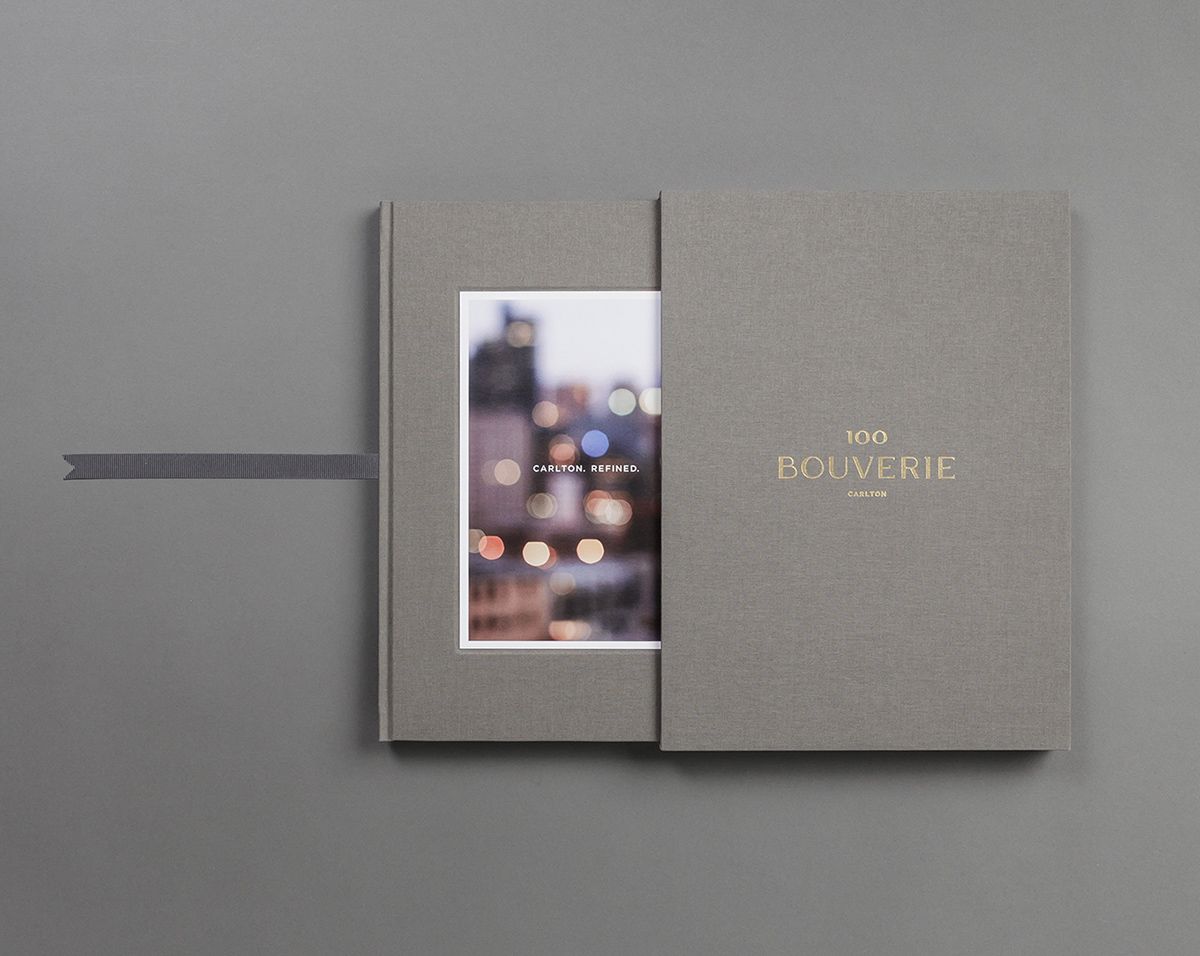
¿Cuáles son los beneficios de los libros de mesa de café?
En un mundo cada vez más dominado por los medios digitales, el atractivo táctil de los libros para la mesa de café se destaca.
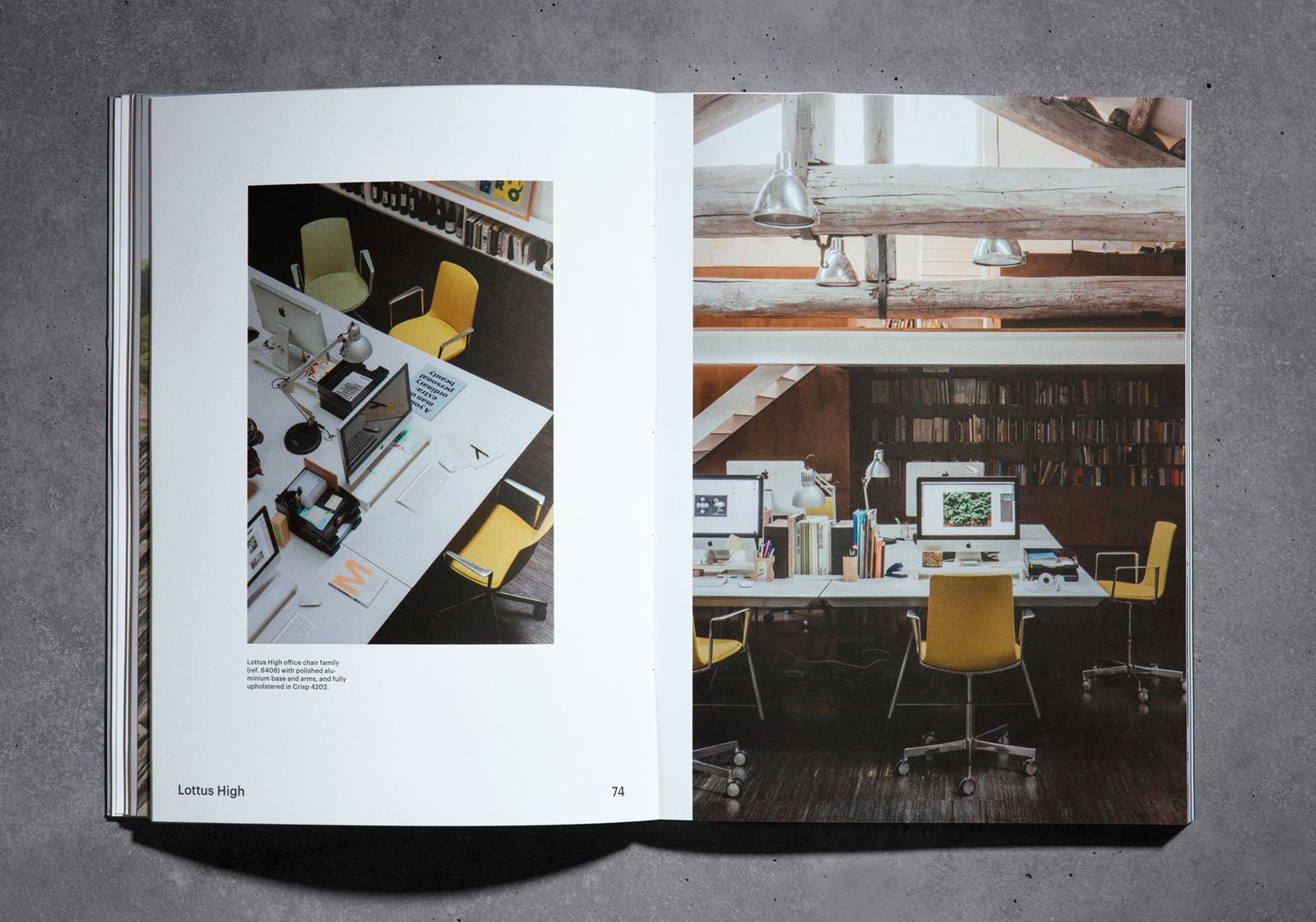
¿Cómo la impresión redujo el costo de los libros?
En el mundo editorial, en constante evolución, hacer que los libros sean asequibles es esencial para llegar a un público más amplio.

¿Cuál es la empresa editorial de impresión bajo demanda más barata?
La tecnología de impresión bajo demanda (POD) ha revolucionado la industria editorial, ofreciendo a los autores independientes
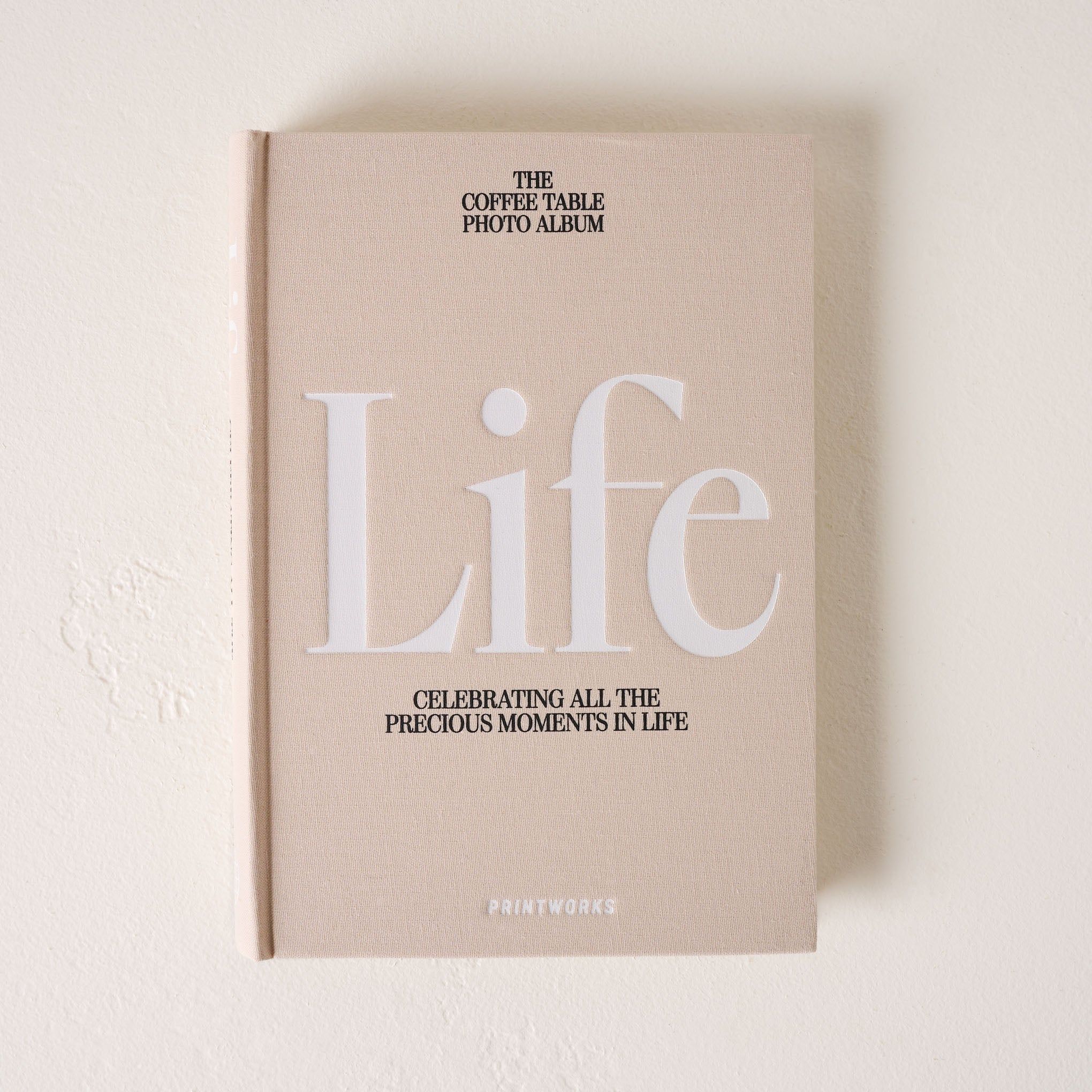
¿Por qué a la gente le gustan los libros de tapa dura?
Si se está adentrando en la autoedición, una de sus principales preocupaciones será encontrar opciones económicas para la impresión de libros.
Contáctenos
- +86 13946584521
- info@booksprinting.net
- 8:00 - 22:00 (lunes a domingo)
Comentarios
Blog relacionado
Encuentre las últimas tendencias y conocimientos comunes en el negocio de la impresión de libros.
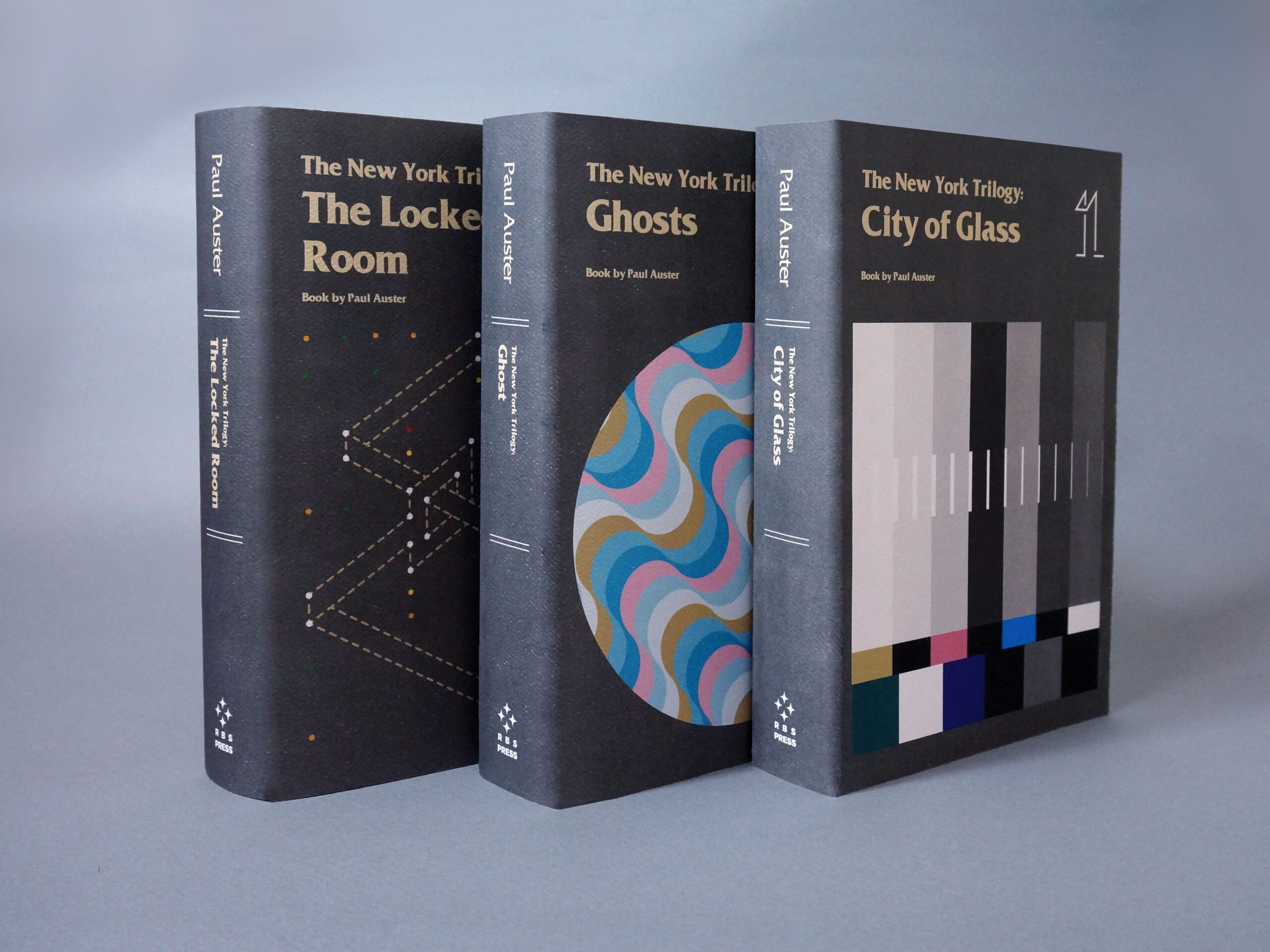
El poder de la impresión de libros personalizados
Si se está adentrando en la autoedición, una de sus principales preocupaciones será encontrar opciones económicas para la impresión de libros.

¿Para qué se utiliza la encuadernación cosida a caballo?
Si se está adentrando en la autoedición, una de sus principales preocupaciones será encontrar opciones económicas para la impresión de libros.
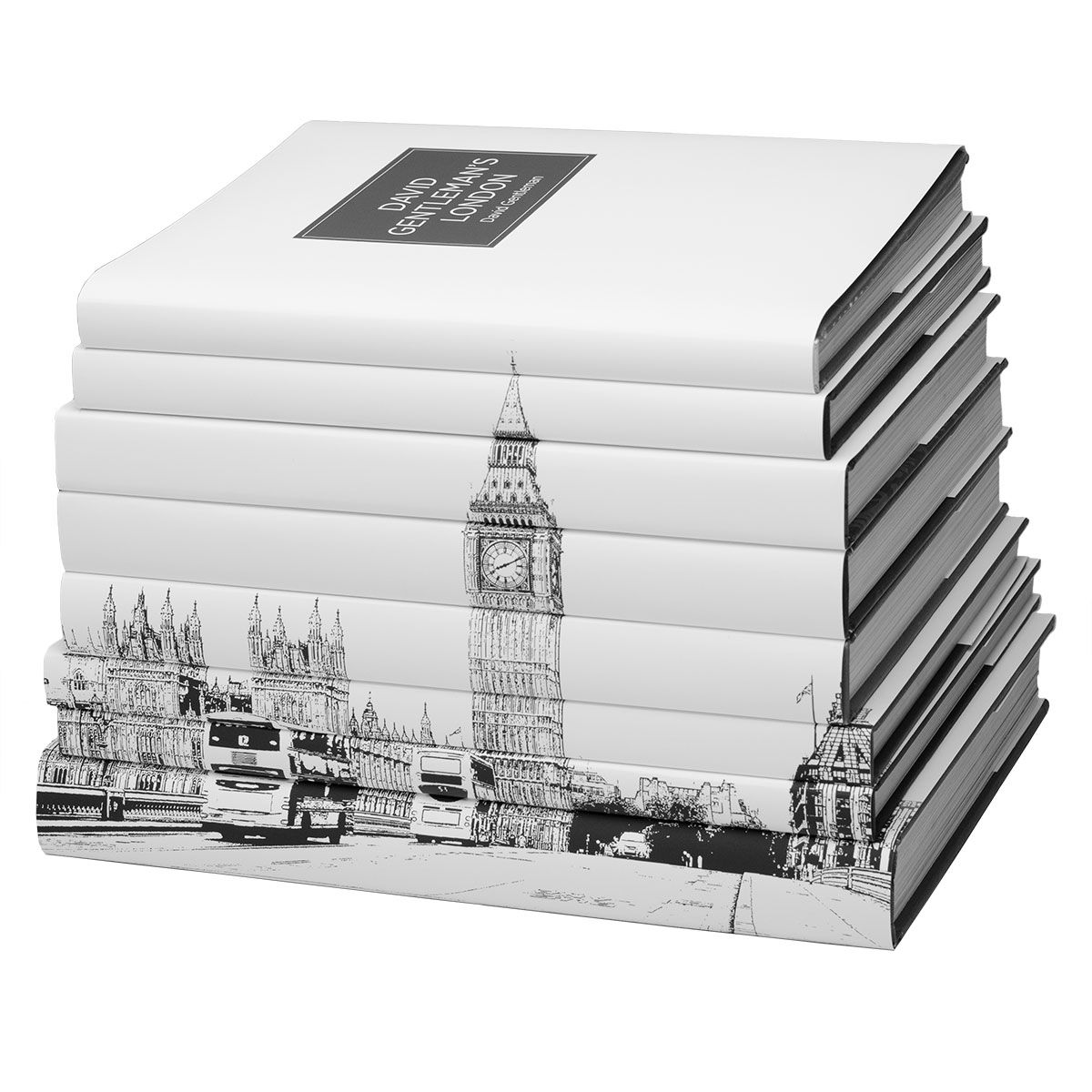
Cómo elegir la imprenta de libros adecuada en China
¿Es usted un aspirante a autor o un editor independiente deseoso de dar vida a su obra literaria? Seleccionar la imprenta adecuada es un paso crucial que puede influir significativamente en la calidad y el éxito de su publicación.
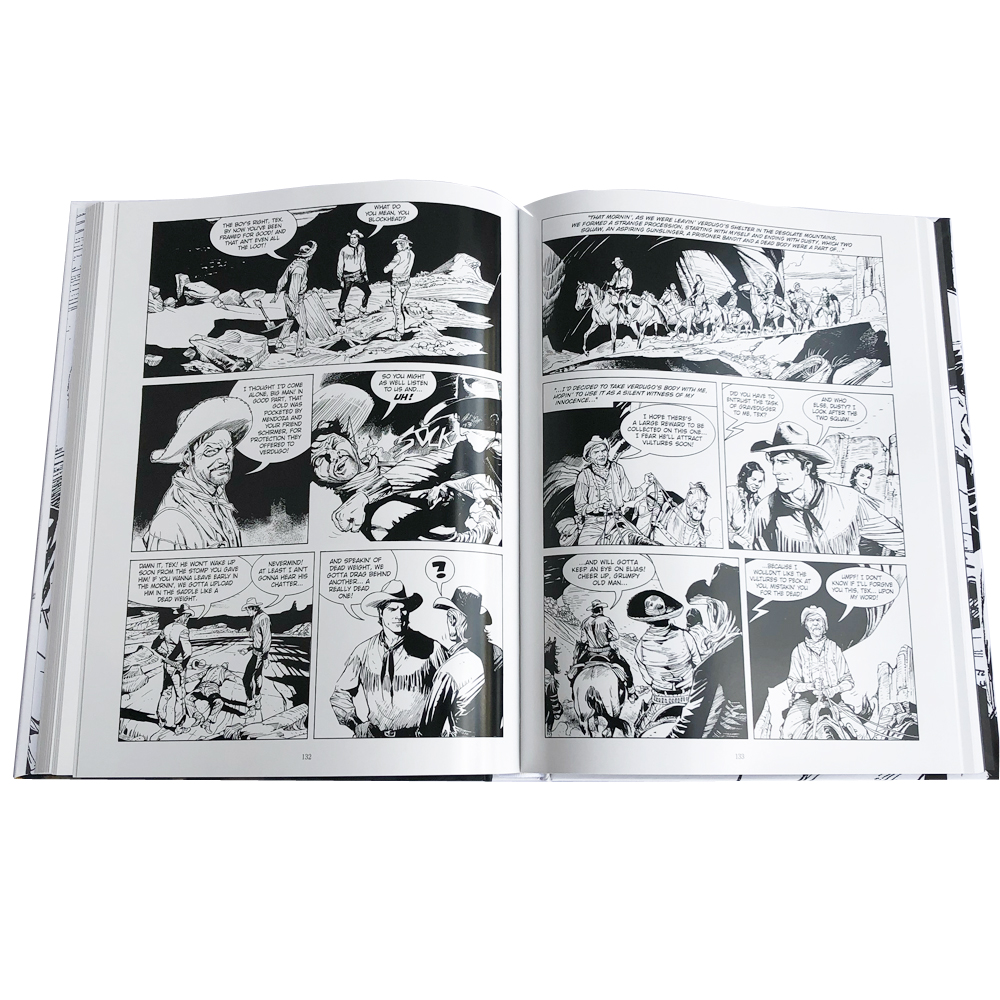
¿Cómo crear tu propio cómic?
Crear e imprimir un cómic es un viaje apasionante pero complejo que combina narración, ilustración,

